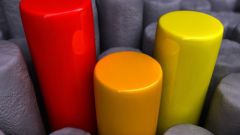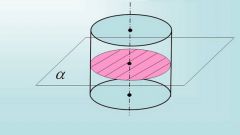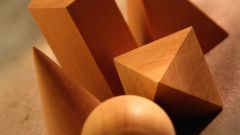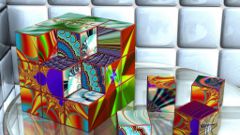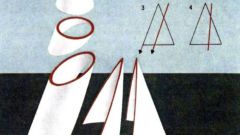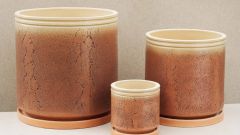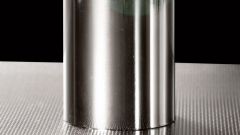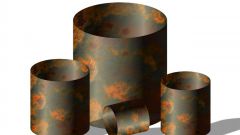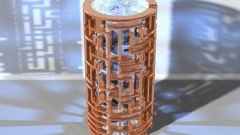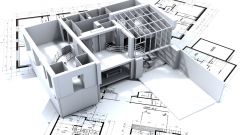Instruction
1
If you know the radius (r) of the base cylinder, all the other dimensions are not important in the calculations. Calculate the product of the number PI rounded to the desired degree of accuracy, the squared radius is and the area of base of cylinder (S): S=π*r2. For example, if the diameter (which, as you know, twice the radius) of the cylinder is equal to 70cm, and the result of the computation is required to obtain accurate up to the second decimal place (hundredths of a centimeter), then the footprint will be 3,14*(70/2)2 = 3,14*352 = 3,14*1225 ≈ 3848,45см2.
2
If the radius and the diameter is unknown, but the height (h) and volume (V) of the cylinder, then these parameters will also be sufficient to find the area (S) of the Foundation figures, just divide the volume by the height: S=V/h. For example, if the volume is equal to 950см3 and height in 20cm cylinder will have a base area of 950/20=47,5см2.
3
If in addition the height (h) of the cylinder is known the area of its lateral surface (p), then to find the area of the base (S) take the lateral surface area in the square and divide the result by four times the product of the number PI squared height: S=p2/(4*π*h2). For example, if the lateral surface area equal 570см2, then at the height of the cylinder is 25cm and the desired accuracy of computations in one hundredth of a centimeter, it needs to have a footprint equal to 5702/(4*3,14*252) = 324900/(12,56*625) = 324900/7850 ≈ 41,39см2.
4
If besides the area of the lateral surface of the cylinder (p) are known and the area of the whole surface (P), then subtracting the second from the first, remember to divide the result in half, as the total area includes both bases of the cylinder: S=(P-P)/2. For example, if the total area of the spatial shape is 980см2, and the area of its lateral surface - 750см2, the area of each base is equal to (980-750)/2=115см2.


